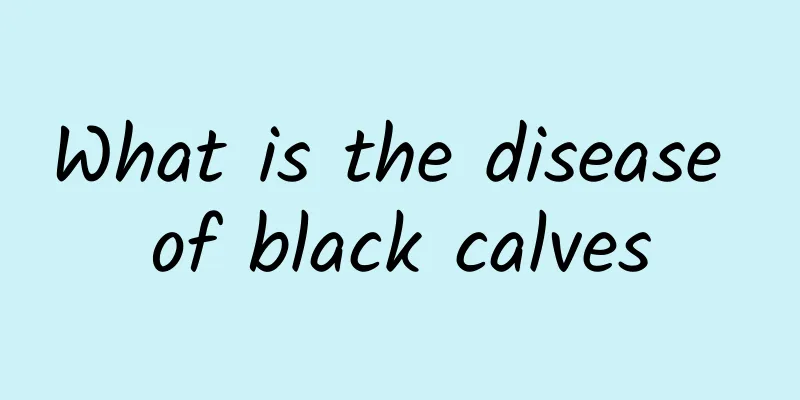Symptoms and treatment of periodontitis

|
The symptoms of periodontitis are not particularly obvious in the early stages. It can easily lead to bleeding gums and cause bad breath in patients. As the inflammation becomes more severe, periodontal pockets may form, which can cause pain. It can also easily cause periodontal abscesses, loose teeth, etc. When these situations occur, it is necessary to receive good treatment in a timely manner. In addition to anti-inflammatory, bactericidal and analgesic treatments, basic periodontal treatment or surgical treatment should be performed. Symptoms of periodontitis 1. Early subjective symptoms are not obvious: patients often only have symptoms of irritative gingival bleeding or bad breath, which are similar to the symptoms of gingivitis. During examination, the gingival margin, gingival papilla and attached gingiva may be swollen, soft, dark red or dark red in color, and easily bleed upon probing. 2. As the inflammation spreads further, the following symptoms appear: (1) Periodontal pocket formation: Due to the expansion of inflammation, the periodontal membrane is destroyed, the alveolar bone is gradually absorbed, the gums are separated from the tooth roots, the gingival sulcus deepens and a periodontal pocket is formed. The depth of periodontal pockets can be measured with a probe. X-ray examination can reveal varying degrees of alveolar bone absorption. (2) Periodontal suppuration: Ulcers and inflammatory granulation tissue form on the periodontal pocket wall, and purulent secretions remain in the pocket, so pus can be seen when the gums are gently pressed. And often have bad breath. undefined(3) Loose teeth: Due to the destruction of periodontal tissues, especially when the alveolar bone absorption is aggravated, the strength supporting the teeth is insufficient, resulting in loose teeth and displacement. Treatment of periodontitis 1. Basic periodontal treatment should be performed in the first stage. undefinedThis applies to every patient with periodontal disease. Patients with acute conditions such as acute gingival abscess, acute periodontal abscess, and acute necrotizing gingivitis should be treated according to the circumstances. Extract teeth that cannot be saved to maintain periodontal health for a longer period of time. Scaling, scaling, and root planing are performed to remove supragingival and subgingival plaque, tartar, and necrotic cementum. If necessary, temporary fixation, adjustment and drug-assisted treatment of loose teeth should be performed. The task of this stage is to eliminate local pathogenic factors and enhance patient awareness. Therefore, it is very important to provide patients with oral hygiene guidance and correct their bad living habits. Patients should be made to understand the causes of periodontitis and the importance of establishing good oral hygiene habits, and be taught methods of removing plaque, such as the correct way to brush teeth and the correct use of plaque removal tools such as dental floss, toothpicks, and interdental brushes. After basic treatment, the efficacy should be re-evaluated. 2. Surgery Re-evaluate the periodontal condition 2-3 months after basic treatment. If the probing depth of certain teeth is still above 5mm and bleeding occurs on probing, or if the root bifurcation lesions are grade I-II, or if the gingival and alveolar bone morphology is poor, surgical treatment is required. Periodontal surgery can not only perform thorough root planing and remove infected tissue under direct vision, but also correct poor gum shape, poor alveolar bone morphology, and furcation lesions, and perform regenerative treatment of periodontal tissue. Restorative and orthodontic treatment of periodontitis is based on basic periodontal treatment to improve symptoms such as loosening, displacement and chewing weakness of affected teeth. Treatment at this stage must be carried out under the condition that periodontal inflammation is under control, and is generally performed 3 months after treatment (post-surgery). Its fundamental purpose is to disperse the combined force, eliminate trauma, establish a coordinated joint relationship, and establish a stable and balanced joint; fix loose teeth, repair missing teeth, control pathological loosening and displacement, promote the healing of periodontal diseased tissues, and restore chewing function. 3. Maintenance treatment After treatment, periodontitis patients should still maintain their periodontal health throughout their lives and develop good oral hygiene habits; they should also undergo regular professional maintenance to prevent the recurrence of periodontitis. This is the maintenance period of periodontal treatment. 4. Treatment of periodontitis that reflects systemic disease The pathogenesis of periodontitis, which reflects systemic diseases, is relatively complex. The condition is usually fierce and severe, requiring careful examination, serious diagnosis, and timely treatment, and generally requires multidisciplinary joint treatment. Our understanding of these diseases is far from enough, and the treatment is not perfect. We need to make more efforts and conduct more in-depth research. |
<<: What to do if periodontitis causes unbearable pain
>>: Why does my baby have egg white mucus in his stool?
Recommend
What is the Chinese medicine dialectic for acne on the face?
Acne is a skin disease and also the most common s...
Reasons for irregular menstruation in girls
Irregular menstruation in girls is also called me...
Color changes of lochia during childbirth
It is well known that women will have lochia disc...
How many years can you live with a cystostomy?
Cystostomy is also a relatively common method. It...
What is the reason for a mole below the belly button?
In fact, we can understand the mole below the bel...
What happened if I suddenly had bleeding again thirteen days after the abortion?
Medical abortion is a method of abortion that caus...
Experience of induced ovulation pregnancy with polycystic ovary syndrome
Infertility has become a very serious problem. Pe...
Artificial femoral head materials
Femoral head necrosis is not unfamiliar to most pe...
How is Hepatitis C transmitted?
The most common liver virus in medicine is hepati...
Men's testicles have goose bumps and bloodshot
"Dandan" is the common name for male te...
How to decoct Chinese herbal medicine ginseng
I believe everyone has heard of the traditional C...
The moment of urination, the urethra is sore and swollen
Diseases of the urinary system cannot be ignored....
What causes a woman's sudden back pain?
For women, if they suddenly experience lower back...
How can I relieve angina pectoris?
Angina pectoris is a sudden disease. Angina pecto...
Full-month baby sleeps less
It is said that the group of people that people e...









